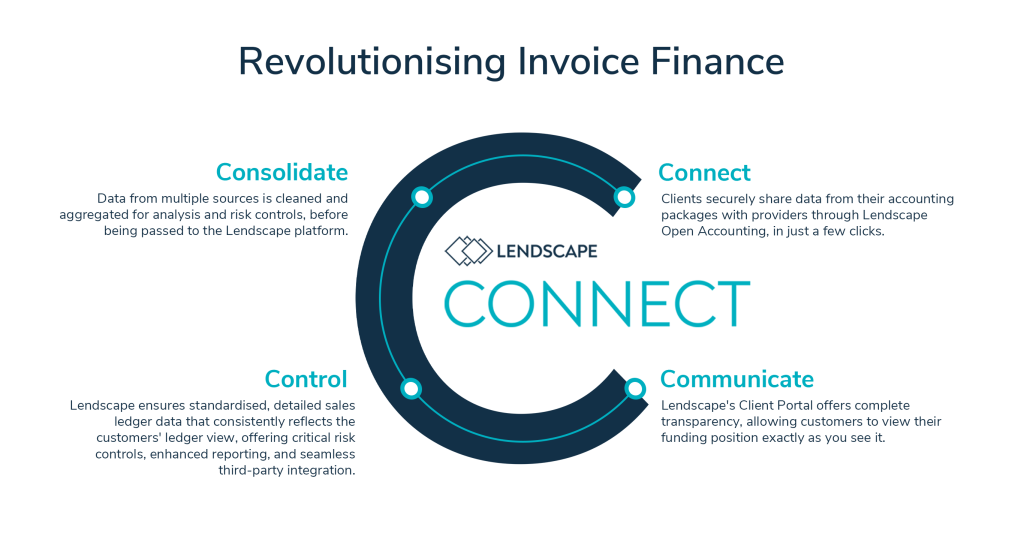
For brokers faced with a client keen to purchase a high-value aircraft or boat – whether for private or commercial use – securing finance for such a transaction represents both a challenge and an opportunity. Daniel Bailey, managing director at Arkle Finance, offers his advice.
If the number of moving parts is a measure of the complexity of an asset, there are few more complex than aircraft and yachts. While the financing of truly big-ticket aircraft and ships is a small and exclusive market dominated by a handful of structured finance specialists, the more accessible realm of the market – craft valued at less than £500,000 (€570,000) – is typically funded with an aviation or marine mortgage. The high upfront costs involved, coupled with lenders’ appetite for security, make these specialist mortgages a natural choice.
But the sheer complexity of the assets involved means the number of lenders able to finance – let alone understand – such deals is limited. Specialist knowledge is required both to adequately value the assets and quantify the associated risk, meaning aviation and marine finance are often overlooked by the major banks, and delivered instead by expert lenders who have the track record and experience to lend successfully.
DUE DILIGENCE
Lenders’ due diligence will typically be subtly different from – albeit equally rigorous as – that applied to major property loans. Predictably enough, it tends to start with a thorough examination of all the relevant paperwork and an assessment of the asset’s condition, prospects and true value. For example, at Arkle, we inspect both new and used aircraft, and insist they be listed on the UK’s Civil Aviation Register and have a current Airworthiness Certificate.
Similarly, we insist that any marine vessel we lend against be registered on the UK shipping register, and we review all Bills of Sale going back at least five years. A crucial part of the underwriting process is an assessment of the aircraft’s or vessel’s potential to retain – or lose – value. Unlike most new cars, which tend to depreciate rapidly due to their abundance, aircraft and larger vessels are scarce assets which hold their value very well if properly maintained.
How well do you really know your competitors?
Access the most comprehensive Company Profiles on the market, powered by GlobalData. Save hours of research. Gain competitive edge.

Thank you!
Your download email will arrive shortly
Not ready to buy yet? Download a free sample
We are confident about the unique quality of our Company Profiles. However, we want you to make the most beneficial decision for your business, so we offer a free sample that you can download by submitting the below form
By GlobalDataBORROWER APPEAL
Aviation and marine mortgages tend to be structured over a shortish time-frame, typically between two and seven years. Interest rates are usually fixed, giving borrowers the peace of mind that their monthly repayments will not rise with the base rate.
As the loans are secured against a valuable asset, lenders are often willing to show some flexibility in the pace at which borrowers pay off the debt – for example, allowing them to vary repayments in line with seasonal income. The ability of well-maintained aircraft and marine vessels to retain their value also allows lenders to offer secured finance at competitive interest rates.
But the core appeal of such aviation and marine mortgages will always be the availability of finance rather than cost alone. Most banks – and even many non-specialist finance providers – lack the expertise needed to gauge the risk and opportunity involved in financing such complex assets, meaning this remains the preserve of specialist lenders.
Clients who use a dedicated lender for such a loan, rather than going to their bank, will also have the reassurance of not having excessive credit lines from their primary lender. This will give them the flexibility to approach their bank in future if they need finance for another purpose.
BROKER BENEFITS
The simple fact that aviation and marine finance are niche products, which highstreet lenders seldom offer, makes them a compelling differentiator for brokers. While at a basic level this might mean the client comes to a broker because their existing bank is unable to provide the specialist finance they need, it is important not to overlook the human aspect.
Whether they buy them for commercial or private use, the owners of aircraft and boats typically form a strong personal bond with their asset – and by extension, with the broker who enabled the purchase in the first place. While the number of clients buying multiple aircraft or boats – such as flying or sailing schools – may be limited, owners are likely to use the same broker the next time they make such a big-ticket purchase, and they are also likely to refer the broker onto their friends.
Brokers considering offering this sort of finance should research potential lenders thoroughly, to ensure not just that their products are attractive and flexible, but also that the lender has a long-term, independent pedigree and a thorough understanding of this complex sector. Getting the right lender involved at an early stage is crucial, and will help deliver a good outcome and experience for the customer.







